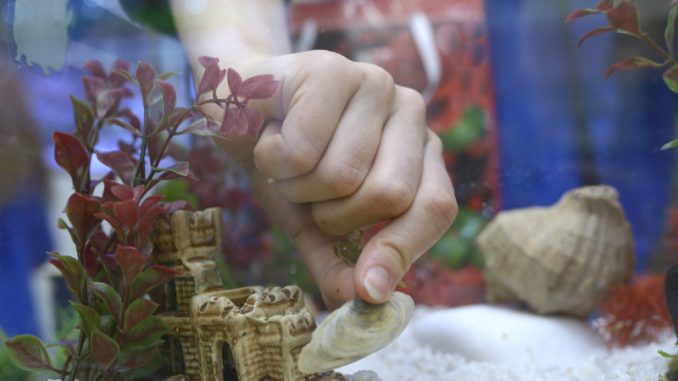
Aquariums are popular places where people see marine animals up close. They show colorful fish, sharks, and other sea creatures in tanks. While they seem fun and educational, aquariums raise many questions. Are they good for the animals? Do they really help the environment? Like tools such as BetLabel, aquariums appear simple but have hidden complexities. Let’s explore the impact aquariums have on animals, nature, and society.
Problems with Keeping Animals in Tanks
Once in tanks, animals cannot behave as they would in nature. Some aquariums care for sick or injured animals, but many prioritize money over animal welfare. This raises ethical concerns about keeping animals for entertainment.
Are Aquariums Helping or Hurting Nature?
Aquariums often say they protect marine life, but their actions don’t always match their words. Many collect animals from coral reefs and oceans, which harms fragile ecosystems. For example, removing too many fish from one area can cause major damage. Instead of helping the environment, this focus on profit can make things worse for marine habitats.
Education or Entertainment?
Aquariums teach people about sea creatures, but at what cost? Seeing animals in captivity can send the wrong message. It shows control, not respect for nature. True education should inspire people to protect marine habitats, not just enjoy watching animals behind glass. More focus is needed on teaching conservation without harming wildlife.
Better Ways to Teach About the Ocean
New technology offers exciting ways to learn about marine life. Virtual reality can create underwater worlds that people can explore without using real animals. These tools can teach conservation while keeping creatures safe in their natural homes. Finding alternatives to aquariums can reduce harm to animals and still inspire people to care about the ocean.
Supporting Ethical Aquariums
Not all aquariums are the same. Some focus on rescuing injured animals or raising awareness about conservation. These ethical aquariums prioritize education and protecting marine life over profits. Visiting these facilities can teach people about the ocean without causing harm. Choosing ethical aquariums helps support efforts that truly benefit marine ecosystems.
The Role of Rescue Programs
Some aquariums help injured animals recover and return to the wild. These programs protect marine life while teaching people about conservation. Rescue-focused aquariums give animals a second chance and show how humans can help, not harm. Supporting these efforts helps make a positive difference for ocean ecosystems.
Teaching Kids About the Ocean
Children can learn about marine life through interactive programs that don’t involve captivity. Virtual tours, documentaries, and hands-on activities can inspire them to care about the ocean. Teaching kids early helps them understand why protecting marine animals is important. These experiences build a strong connection to nature while respecting animals’ freedom.
Simple Actions That Help the Ocean
Every small action matters in protecting marine life. Reducing waste, using less plastic, and supporting clean beaches are great steps. People can also support conservation projects or donate to marine sanctuaries. These small efforts help keep the ocean safe for the animals that live there. Together, these changes can make a big impact.
Conclusion
Aquariums may look beautiful, but their impact is more complicated. They raise serious concerns about animal welfare, nature, and fairness. By focusing on new technologies and community projects, we can protect marine life without harming it. A future where nature is preserved and respected is possible, but it starts with rethinking how we learn about the ocean.

Be the first to comment